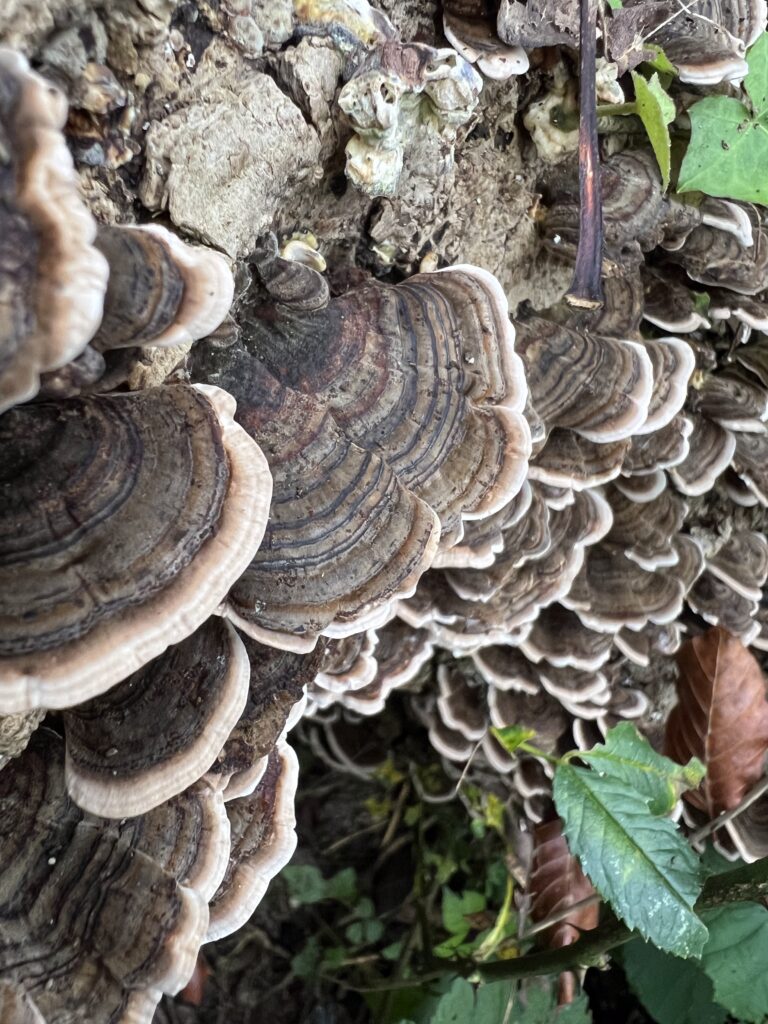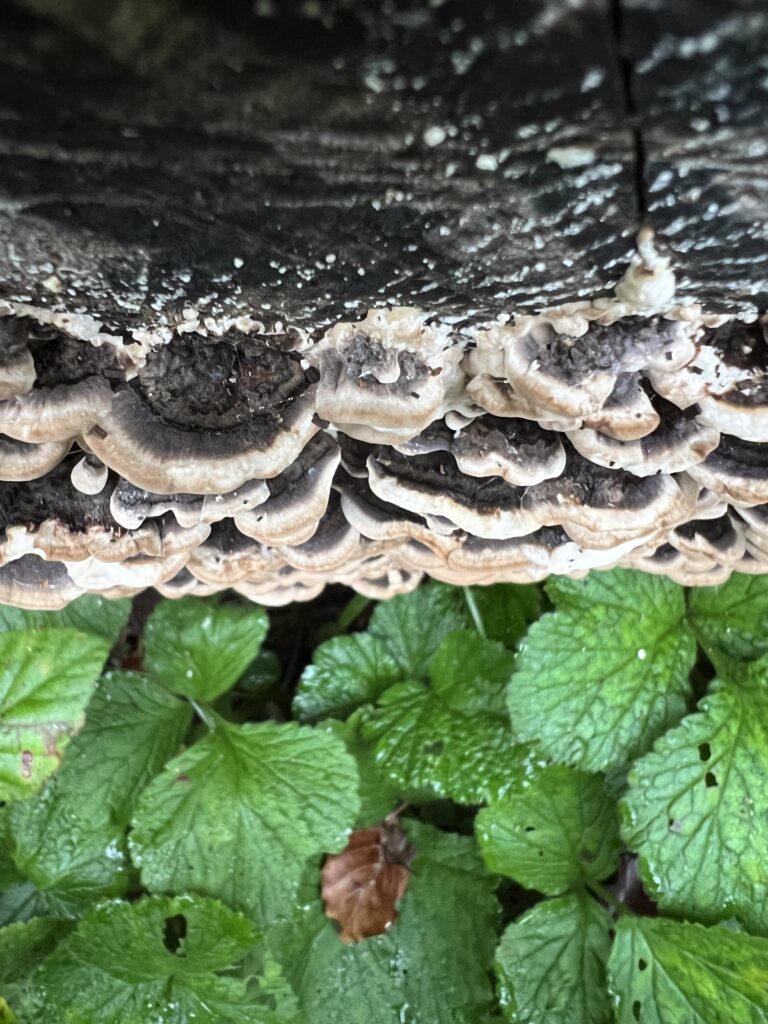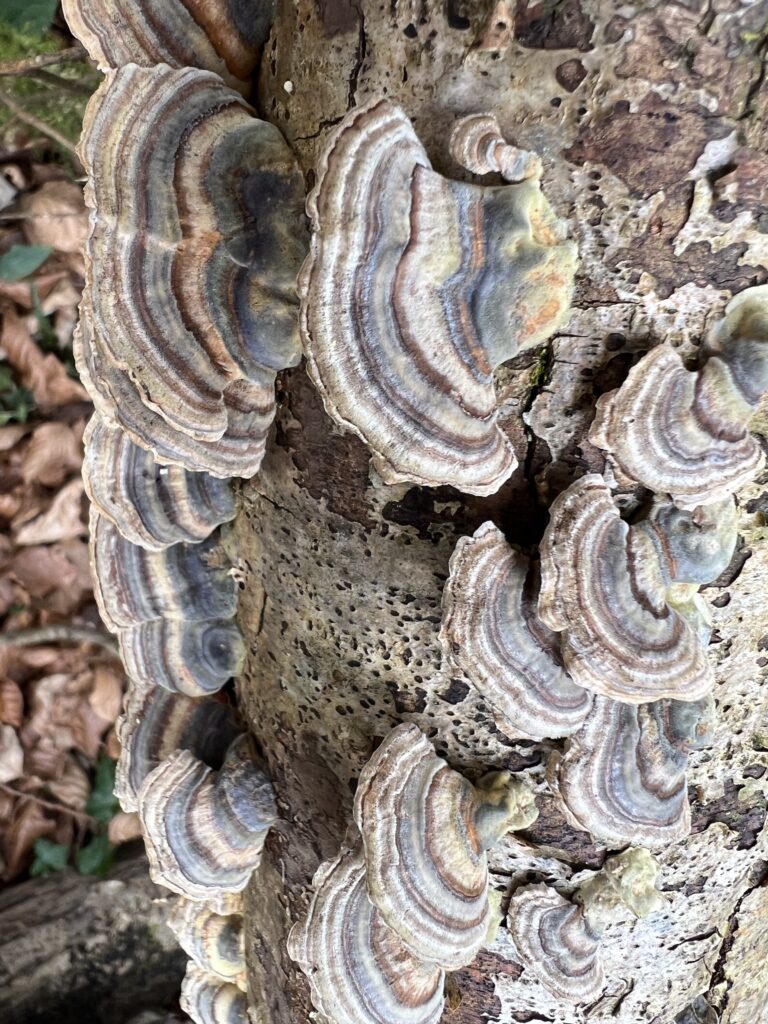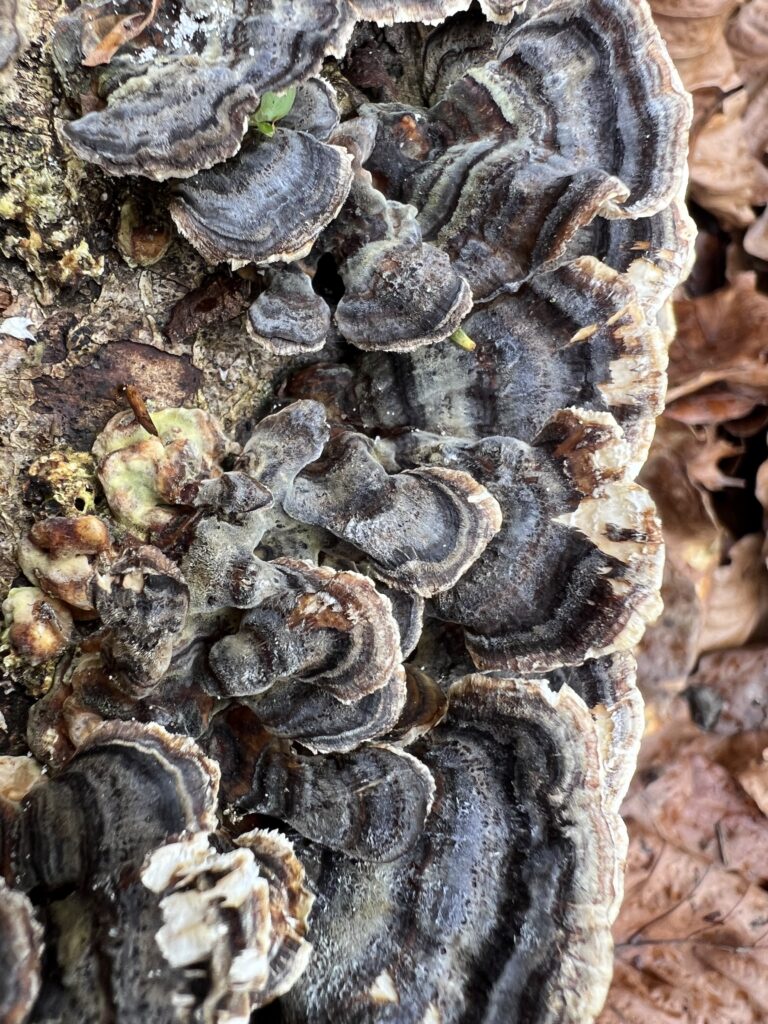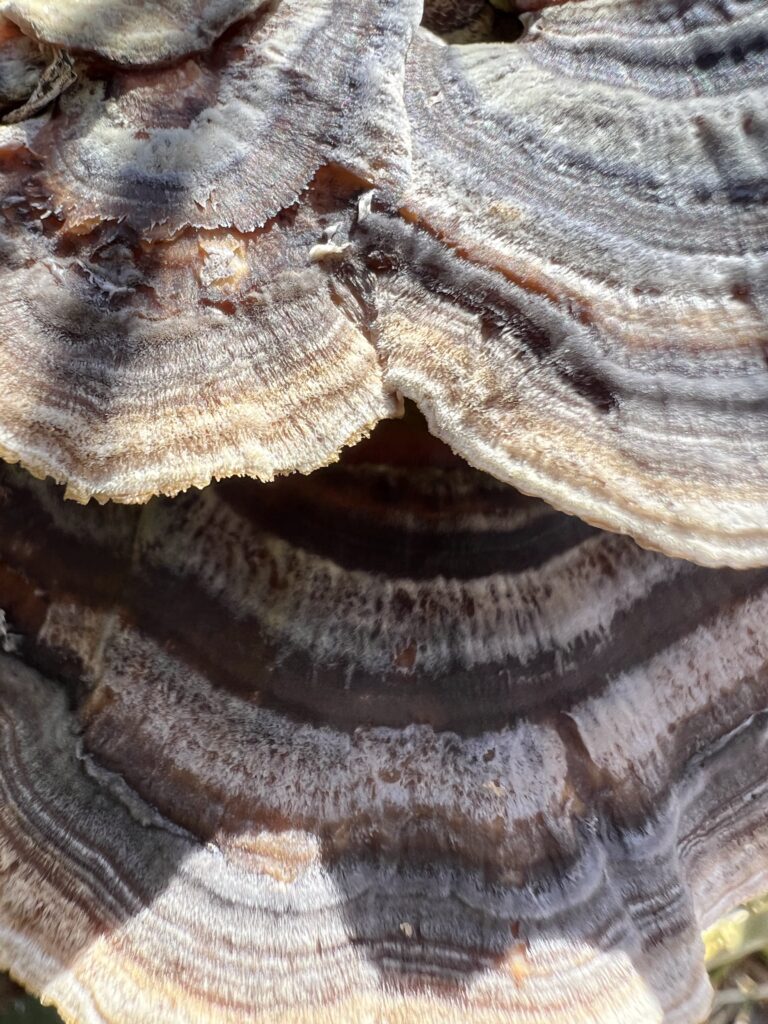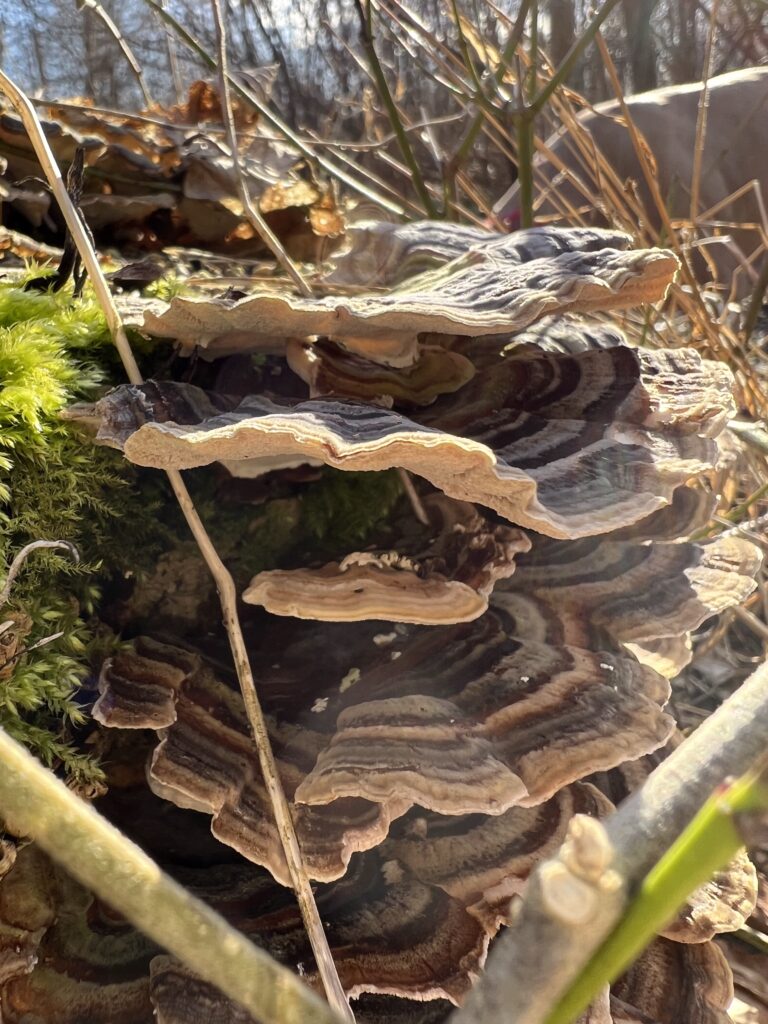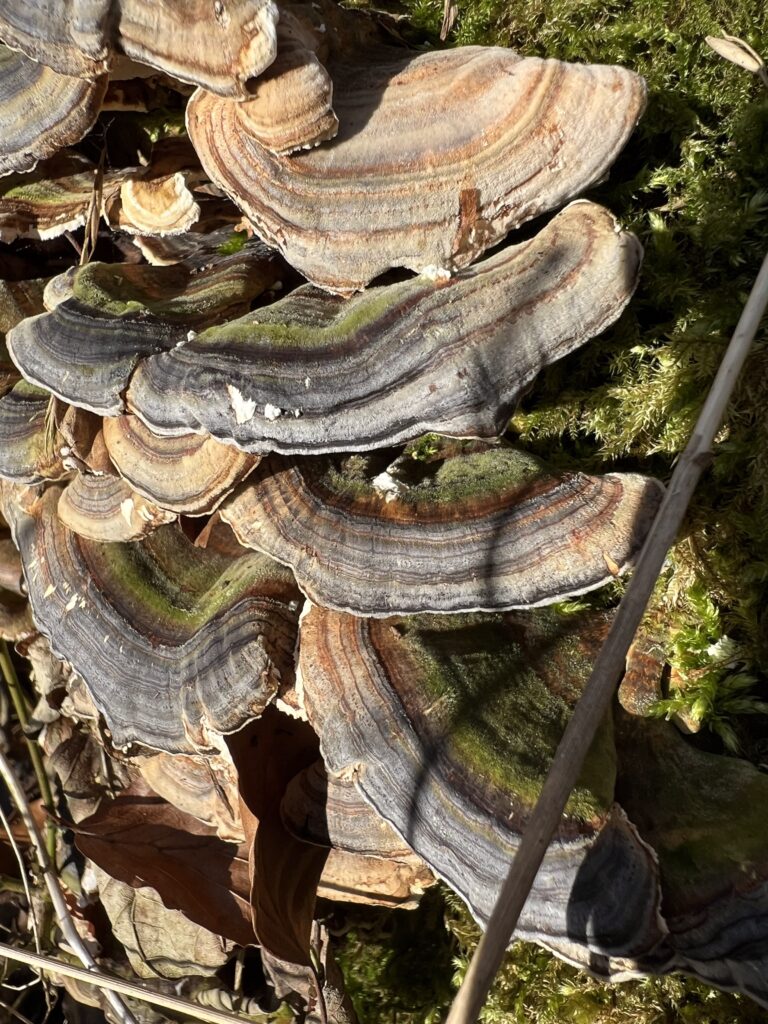Turkey Tail Mushroom Immune Support Tonic – Frequently Asked Questions (FAQ)
Unlock the Power of Turkey Tail with Our Advanced Immunity Formula
Read Our Turkey Tail mushroom FAQ to understand how this immunity tincture is a trusted and easy-to-use supplement designed to promote natural wellness and daily immune function. This high-quality full-spectrum Turkey Tail extract is dual-extracted for maximum absorption and potency. We use only certified organic mushroom tinctures crafted from full fruiting bodies, not mycelium. Whether you’re searching for a natural immune support formula or a clean, effective mushroom immune booster, this product is the perfect choice to keep you feeling your best.
1. What is Turkey Tail Mushroom Immunity Tincture?
It’s a full-spectrum Turkey Tail extract made to support immune health, digestion, and overall vitality. Great for daily wellness routines.
2. What are the main Turkey Tail mushroom health benefits?
Turkey Tail helps strengthen the immune system, reduce inflammation, and promote gut balance and antioxidant protection.
3. How do I take the Turkey Tail mushroom immunity tincture?
Take it under the tongue or mix with a drink. This ensures faster absorption and maximum effectiveness.
4. What is the correct dosage of Turkey Tail tincture?
Take three pipettes per day: morning, afternoon, and evening. This provides consistent immune support.
5. Is this a certified organic mushroom tincture?
Yes, it’s a certified organic mushroom tincture made from full fruiting bodies using a precise dual-extraction process.
6. What makes this a natural immune support formula?
It contains beta-glucans, PSP, and PSK, all proven to help your body respond naturally to immune stressors.
7. How fast does it work?
Some people notice results in days. For full immune effects, use consistently for 2 to 4 weeks.
8. Can I use Turkey Tail extract during cancer treatment?
It’s often used for immune support during recovery, but always consult your doctor before use.
9. Are there side effects with this fungi mushroom immune booster?
Most users experience no issues. Mild stomach upset is rare. Speak with your doctor if you have concerns.
10. How does Turkey Tail tincture compare to capsules?
Tinctures like this Turkey Tail mushroom immunity tincture absorb more quickly and act faster than capsules.
11. Can I make it at home?
Yes, but home methods vary. Search DIY Turkey Tail mushroom tincture recipe, or rely on our lab-tested version for results.
12. Is this a dual-extracted formula?
Yes, this full-spectrum Turkey Tail extract is made using both hot water and alcohol extraction for maximum effectiveness.
13. Is this good for cold and flu season?
Absolutely! It’s a powerful natural immune support formula ideal for daily use during colder months.
14. How do I store the tincture?
Keep in a cool, dry place. Avoid direct sunlight. No need to refrigerate.
15. How long does one bottle last?
One 60ml bottle lasts about two months when used as directed.
16. Is it suitable for children?
Please ask your child’s healthcare provider before giving any supplement.
17. Where is this product made?
It’s proudly made in the UK using the latest extraction methods for quality and consistency.
18. Can I use this with medications?
Check with your healthcare provider, especially if you’re taking medication for immunity or inflammation.
19. Where can I buy this Turkey Tail mushroom tincture?
It’s available on our website with next-day UK delivery when you order before 3pm.
20. Why choose this Fungi mushroom immune booster?
This product is dual-extracted, organic, and made from fruiting bodies—not mycelium—giving you the cleanest, most effective Turkey Tail available.
Try the product Turkey tail mushroom tincture 60ml – Spore Buddies
Read the Cordyceps Militaris FAQ Here
Read the Lion’s Mane FAQ Here

